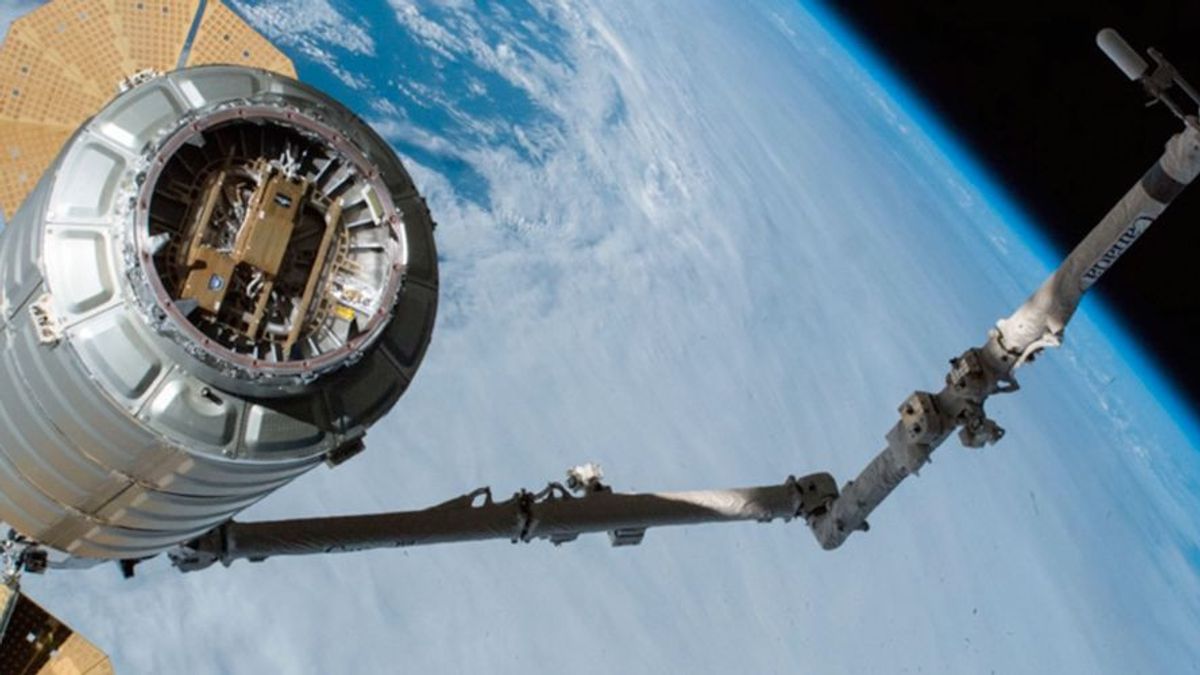JAKARTA - Three months ago, Virginia-based space startup Lynk sent the world's first satellite cell tower into orbit. Since then, there have been reported successful connections of hundreds of phones across the United States, United Kingdom, and the Bahamas. This proves unequivocally that direct connection from everyday cell phones to satellite is indeed possible.
Several companies, including SpaceX and Amazon, have worked on similar technology, but so far have only been able to establish a connection by routing the satellite signal through a physical terminal on Earth first. Lynk's satellite, "Shannon," on the other hand, requires no additional hardware or software and can be used by mobile as is.
Lynk's goal for this technology is to create worldwide broadband internet coverage, reaching every remote, unserved location on Earth. However, they started small, as Shannon's limited bandwidth only allowed for text messaging services.
According to Lynk, this is already an important step towards saving the lives of those lost in the mountains or at sea. They also list the effects of natural disasters such as hurricanes as events where this SMS service can save lives. To achieve its long-term goals, the company will have to dramatically increase the number of satellites in orbit, which has raised some concerns.
When Lynk announced the tremendous success of its initial tests, it also addressed the main reasons this development was previously deemed impossible. First, the great distance between the earth's surface and the satellite at an altitude of 310 miles means that individual cell phone signals must be transmitted through the "noise" of all the surrounding telephones.
On the other hand, the high orbital speed of the satellite produces a large Doppler effect that makes the signal unrecognizable. To make Shannon work, Lynk had to invent technology that would allow satellites to be seen as ordinary telephone towers from Earth.
To date, Lynk has only launched this single satellite, which limits the range they can provide to a few degrees of latitude and a short time window. Even among those receiving coverage, it is only a few minutes each day that the satellite passes overhead.
The Shannon models were built for mass production, and Lynk aims to have 10 of them orbit the planet next year. This will already provide coverage to most of the planet, several times a day.
Their next goal after that is to launch 100 satellites by 2023, expanding their reach worldwide and shortening the wait time to 5-20 minutes. Their ultimate goal of providing complete broadband internet to any location in the world, however, could require up to 1,500 satellites.
On Earth, mobile network providers like T-Mobile and Verizon in the US had to partner with Lynk to provide satellite internet. So far, Lynk has secured network partners in the Central African Republic and the Bahamas.
The success of Shannon, it is likely that they will soon get more new contracts. While this means that the cost of the service will be borne by the individual mobile carriers, Lynk wants to ensure that at least emergency services are provided to everyone free of charge.
The English, Chinese, Japanese, Arabic, and French versions are automatically generated by the AI. So there may still be inaccuracies in translating, please always see Indonesian as our main language. (system supported by DigitalSiber.id)













